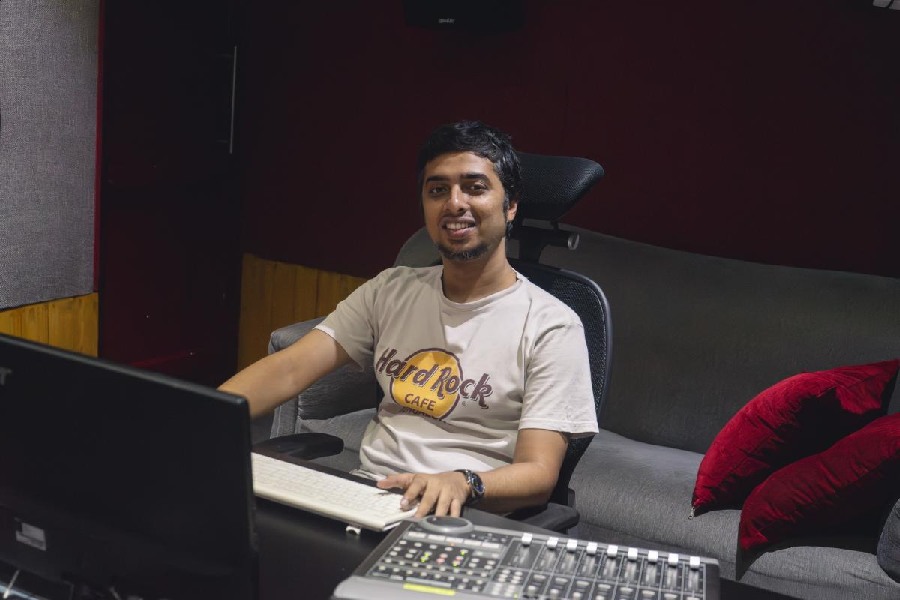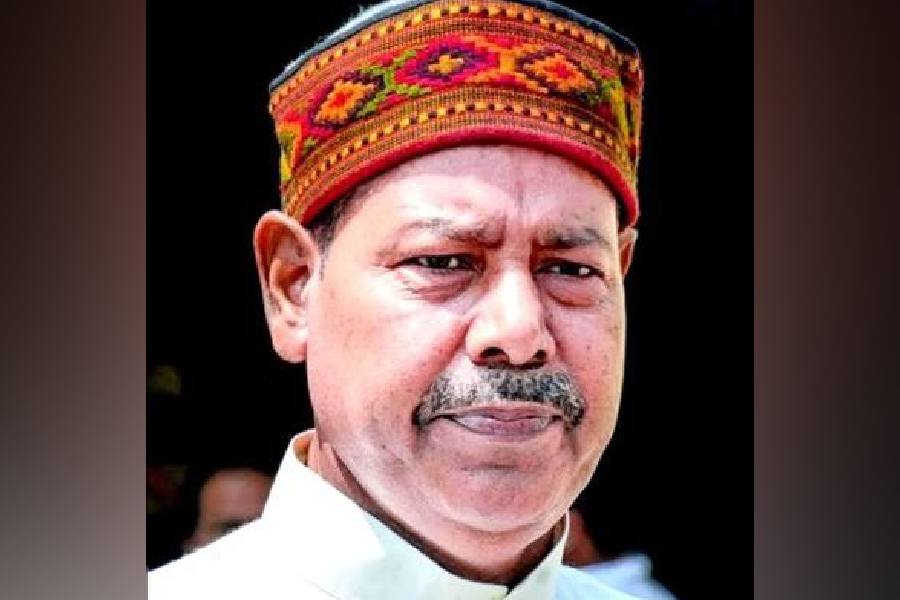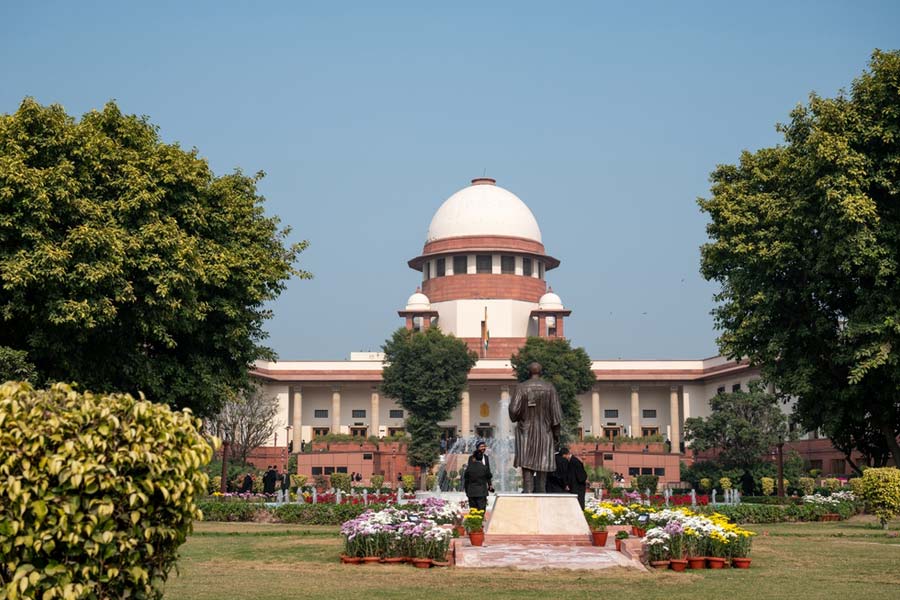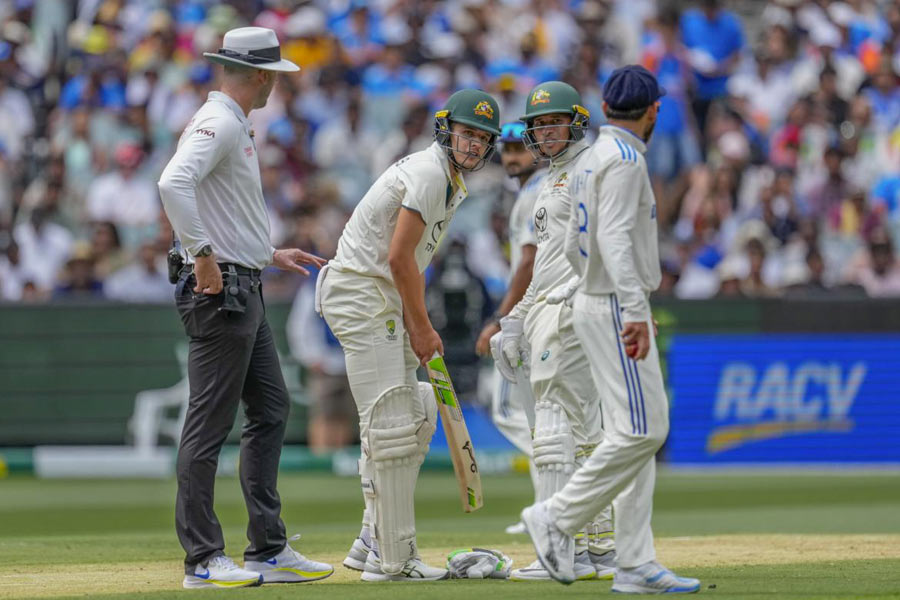Sound designer Aneesh Basu was neck-deep in work at Cherrypix Studio on Prince Anwar Shah Road when he got the big news. Film editor Sujay Dutta Ray was the first person to congratulate him around 5.30pm for winning the National Award for Best Sound Design for Jhilli. “At first I didn’t believe him and asked him to send me proof. He said that PIB (Press Information Bureau) had announced the names of the list of awardees on their YouTube channel. By the time I opened YouTube, Sujoyda had already sent me a screenshot on WhatsApp. To be very honest, my hands were trembling and sweating when I saw my name there. I then calmed myself down, went out of the room and happily informed everyone who was at the office at that time,” smiles Aneesh. A t2 chat.
What does the award mean to you?
It means a victory for independent cinema. It gives strength to young and upcoming film-makers and technicians that good work will definitely fetch you the ultimate result. You just need to believe in your skills and constantly keep at it. Self-evolution is the key thing here. Also for me personally, I can say to myself, “After all these years of consistent work, I have now arrived”.
What is the reaction from the industry people?
Phone calls and messages kept pouring in from everyone around. I can’t say much about the regular mainstream film-makers and producers, but a lot of people from the indie and independent film circuit gave me my regards. My Facebook got filled with notifications from actors to editors to fellow sound designers. People tagged me and congratulated me throughout that evening on the day when the Awards were announced.
How do you think this award will inspire you?
To be at it. To keep on coming up with better tricks and techniques in sound design. Make people aware of the importance of sound in cinema. Make myself more relevant so that people can identify me and my work. Surprising the film-makers more with innovative sound design techniques and thereby myself.
How would you define sound design? How does it work for a film?
Imagine a scene of a movie happening at a restaurant. Besides the dialogues of the central characters, we hear the ambience of the place — the cacophony of cups and plates, people talking/moving, a bit of traffic noise coming from the outside and so on. It’s the construction of these sounds of that particular place that makes a film watcher feel or believe that he/she is in that space. This is what sound design is mainly about. All these sounds that one can hear during a film-watching experience are artificially created. The sounds of cups and plates are recorded and matched live in the studio through a process called foley. The person doing the process is called a foley artiste and the person recording it is called a foley recordist. Nothing is captured on location besides the dialogues (which are later dubbed in the studio). These sounds are manually put by us sound designers who sit inside a studio using powerful computers running sound design software. We have extensive sound libraries which we use for this purpose or sometimes we go out and record the sounds of that particular location ourselves, which we later put in the film.
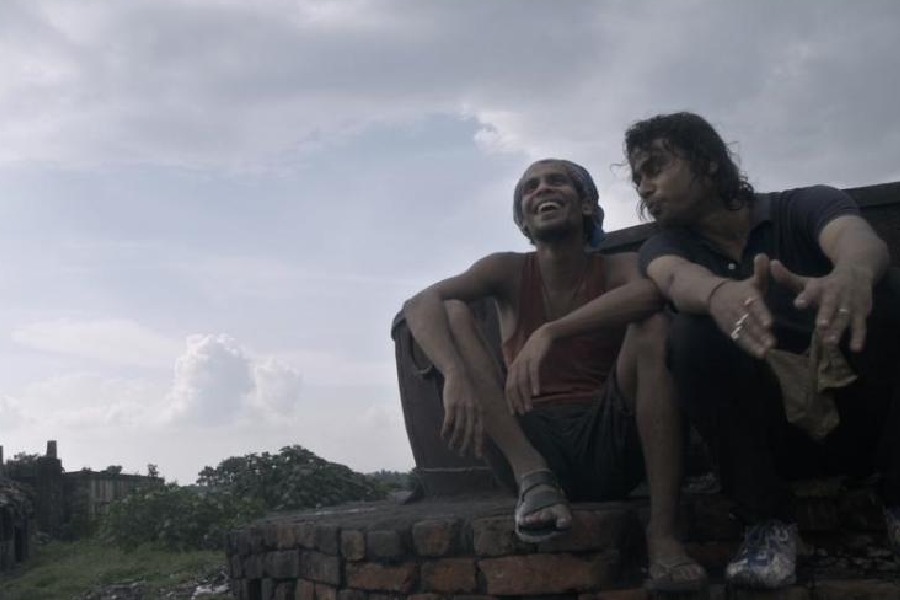
A moment from Jhilli The Telegraph
How does one know if a film has been sound-designed perfectly?
How good or relatable you construct the sounds is what defines your ability or skills as a sound designer. For Jhilli, the challenge for me was to recreate the sounds of the dump yard — a city within a city shrouded by dirt, agony and pathos. Besides that, using special effects sounds — we call it SFX in short — and modifying them to accentuate different moods of the characters in different scenarios in the film. Ishaan (Ghose), our director, used to sit behind me during the whole sound design process. He used to be amazed at what sound can do to a film (besides music). The film used to grow on me with every passing studio session. Little did we know that this would go on to win the National Award for Best Sound Design.
Why and when did you get into sound design?
I never thought of getting into sound design in the first place. I am an electronic music lover... and wanted to produce and perform electronic music for a living. But being a musician is always a challenge, especially if you’re doing underground electronic music like techno in India. So I decided to get into a steady day job like working in a sound studio. I started working under Dipankar Chaki and Anirban Sengupta, popularly known as Jojo and Potla respectively, and both National Awardees themselves, at their erstwhile Dream Digital Inc studio from January, 2013.
Besides the day job, I am still doing electronic music as well under the duo moniker Hybrid Protocol. My partner Soumajit Ghosh has done the music for Jhilli with violin player Rajarshi Das.
How has your experience been in sound design over the years?
It’s a mixed bag of sorts. Commercial projects like theatrical films or web series do give you the necessary bread and butter. But it doesn’t give you the gratitude/exposure and the required creative satisfaction. It becomes just another desk job at the end of the day. Whereas, independent films are just the opposite of everything written above. My heart lies in the independent but the body needs commercial to sustain (laughs). I assisted Anirban Sengupta for five years. It was those five years which made me what I am today and I deeply regard him for that.
Which are some of your favourite films where you did the sound design?
Habji Gabji by Raj Chakraborty. The film revolved around gaming reality and it was one of my favourite topics. Bishakto Manush by Sunny Ray in 2022. Kivaad is an independent short film by Aneesa Mukherjee Ganguly. It was an extremely sweet film... and Dhaka Metro, a web series.
What kind of challenges do you face in this field?
Extreme tight deadlines. Sometimes bizarre to be honest. Lack of budgets — always and everywhere (laughs). Petty politics — I once had this Bangladeshi film which was snatched from me under the table and given to another sound designer studio by a Calcutta-based line producer.
Who is your mentor?
Dipankar Chaki and Anirban Sengupta. From Jojoda it was more about creative usage of the technology you are using. From Potlada it was mostly about work discipline, professionalism and presentation. Both were fantastic sound designers of their own sorts and individualities. I have been one of the few lucky ones to have a start like that in my career in Calcutta.
How did Jhilli happen to you?
I always had a knack towards playing with Special Sound Effects (SFX) in my career. Potlada knew my potential. Ishaan is his brother-in-law. He was the one who saw the film first after the shooting was done. He referred me to Ishaan. I was working at Cherrypix and the job was assigned to me.
What was the director’s brief to you?
There was no brief as such. The visuals were all that I needed to get my creative juices flowing. I remember telling Ishaan when we sat designing the first scene of the film, on the very start day — “Boss let’s get crazy! What a film!”
How did you start your work for Jhilli?
It was in 2020 August. After the first lockdown. Like how I approach any film or any web series, Jhilli was also started in the same way with the same intent, the same discipline and professionalism. But with a hint of craziness in this case and the excitement (laughs). We went out drinking a couple of times after our sessions and I believe that is how you bond over a project and its client.
What are some of the key areas in sound that you highlighted in Jhilli?
I morphed a lot of the natural sounds to accentuate different moods or scenarios in Jhilli. And that according to everyone is a highlight of Jhilli. Even my mother told me that (laughs). You can do so many things with digital audio technology. It’s beyond limits. I did a lot of music-like effects in the sounds, thanks to my electronic music background as one half of Hybrid Protokol. One of the reasons why a lot of people couldn’t differentiate between the background score and sound design is because they all blended in together. The soundtrack album is out on all online stores under the Hybrid Protokol banner.
What is your advice to aspiring sound designers?
Self-belief, persistence and patience can definitely lead you somewhere someday. Also, it is important to have a social image of yourself. Mingle with like-minded people as to where you want to be and what kind of work you want to do. Jhilli happened for me for the exact reasons I just mentioned above.

